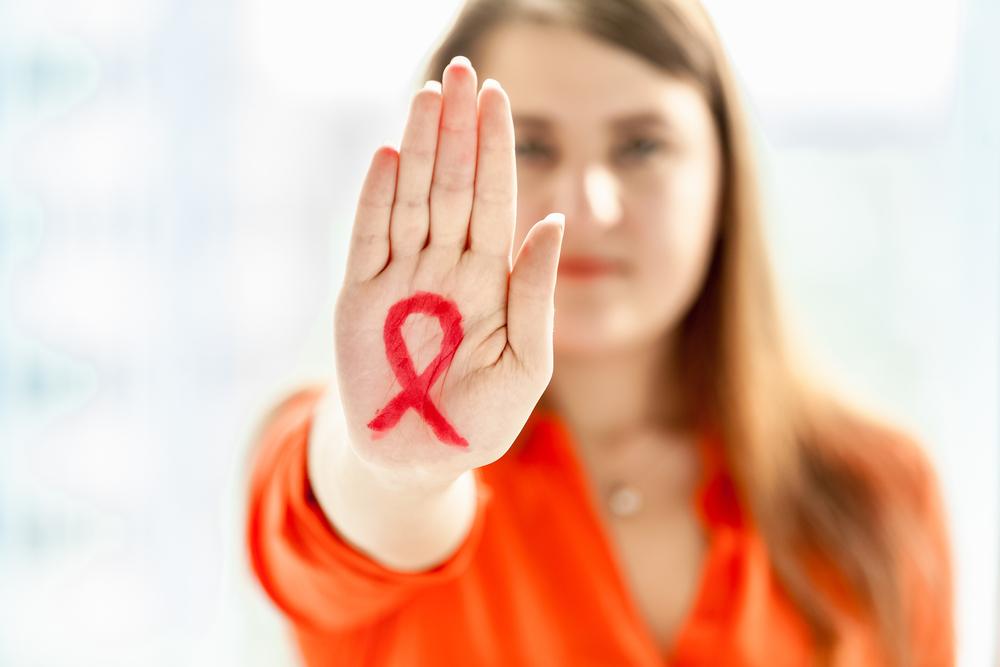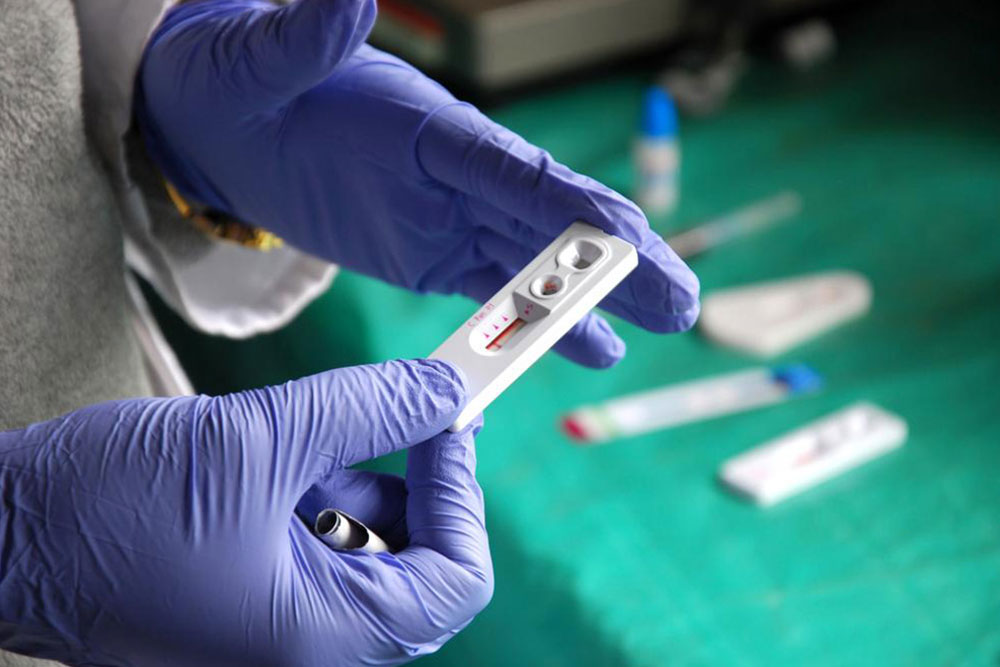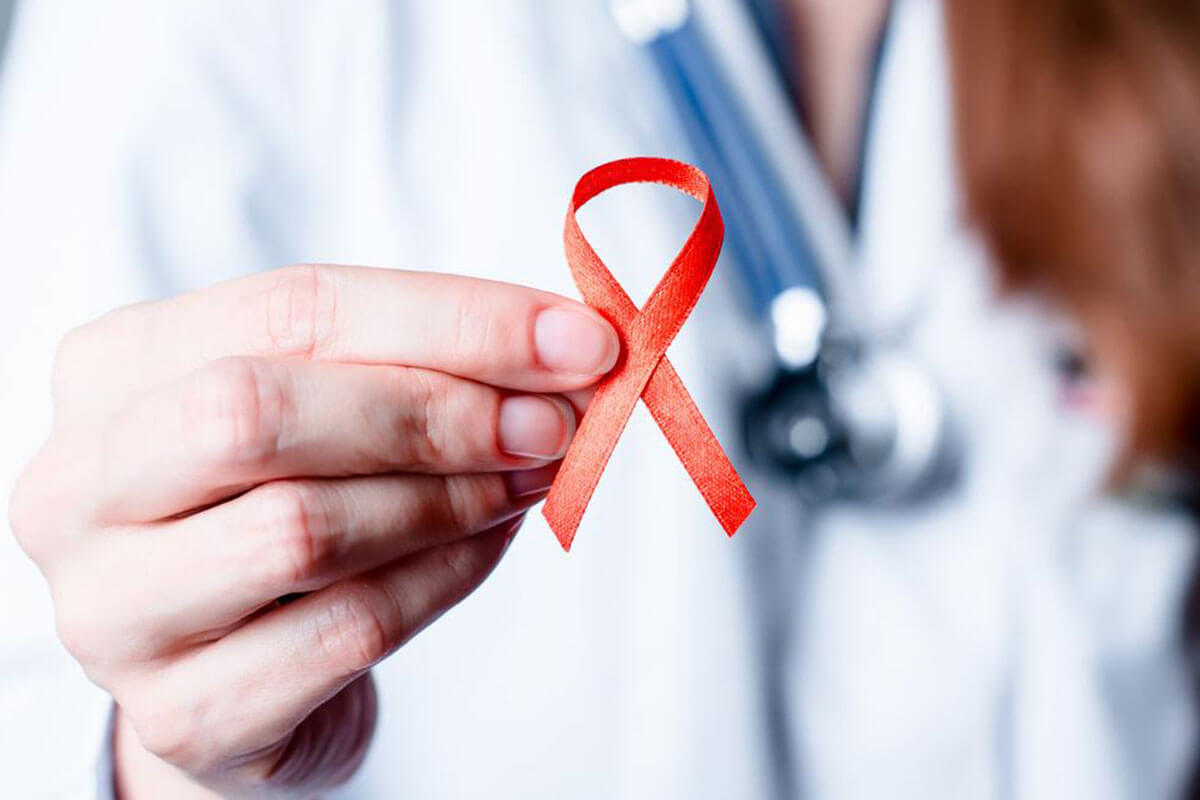Comprehensive Guide to HIV: Causes, Symptoms, Prevention, and Treatment Strategies
This comprehensive guide explores HIV's causes, transmission routes, symptoms, prevention methods, and treatment options. Understanding HIV is key to preventing its spread and managing the condition effectively. Learn about the latest medical strategies and how to stay protected through safe practices, regular testing, and adherence to treatment. This article provides an in-depth resource for anyone seeking knowledge about HIV, emphasizing the importance of awareness and proactive health measures in combating this ongoing global health challenge.

Comprehensive Guide to HIV: Causes, Symptoms, Prevention, and Treatment Strategies
Human Immunodeficiency Virus (HIV) remains one of the most significant global health challenges today. Despite advancements in medical science, millions of people worldwide continue to live with HIV/AIDS, emphasizing the importance of understanding this complex virus. This detailed article explores the origins of HIV, how it spreads, its symptoms, methods of prevention, and current treatment options, providing readers with a comprehensive knowledge base to recognize, prevent, and manage HIV effectively.
HIV is a virus that attacks the body’s immune system, specifically targeting CD4 T cells, which play a crucial role in defending against infections. Without treatment, HIV can lead to Acquired Immunodeficiency Syndrome (AIDS), the most advanced stage of HIV infection where the immune system is badly damaged. This makes individuals more susceptible to opportunistic infections and certain cancers, which can be life-threatening.
Origins and Types of HIV
The human immunodeficiency virus was first identified in the early 1980s. It is believed to have originated from non-human primates in Central and West Africa, crossing over to humans through hunting and consumption of bushmeat. There are two main types of HIV: HIV-1 and HIV-2. HIV-1 is the most widespread globally, responsible for the majority of infections worldwide. HIV-2 is less common and mostly found in West Africa; it generally progresses more slowly and is less easily transmitted.
How HIV Spreads
Understanding transmission routes is fundamental to preventing infection. HIV spreads primarily through contact with infected bodily fluids such as blood, semen, vaginal secretions, and breast milk. Common routes include:
Unprotected sexual contact: Engaging in sex without using condoms with an infected partner increases the risk of transmission. Both vaginal and anal sex are more high-risk compared to oral sex.
Sharing contaminated needles: Intravenous drug users who share needles or syringes are at high risk of acquiring HIV.
Blood transfusions and organ transplants: Receiving infected blood or tissues can transmit the virus, although modern screening methods have significantly minimized this risk.
Mother-to-child transmission: An HIV-positive mother can transmit the virus to her child during pregnancy, childbirth, or breastfeeding.
Casual contact, such as hugging, shaking hands, sharing dishes, or contact with sweat or tears, does not spread HIV. The virus does not survive long outside the human body and cannot be transmitted through air or insects.
Symptoms of HIV Infection
The initial phase of HIV infection may be asymptomatic or present flu-like symptoms, which often go unnoticed. Common early symptoms, appearing within 2-4 weeks after exposure, include fever, sore throat, rash, muscle and joint aches, and swollen lymph nodes. This is known as acute retroviral syndrome.
As the infection progresses to chronic HIV, symptoms may diminish but remain present. Without treatment, HIV gradually weakens the immune system, leading to symptoms such as persistent fatigue, weight loss, recurring fever, night sweats, diarrhea, and oral thrush. If untreated, the immune system becomes severely compromised, resulting in AIDS, characterized by opportunistic infections like pneumonia, tuberculosis, and certain cancers such as Kaposi's sarcoma.
Prevention Strategies
Prevention remains the most effective way to combat HIV. Key prevention measures include:
Consistent condom use: Proper and consistent use of latex condoms during sexual activity significantly reduces the risk of HIV transmission.
Regular testing: Knowing your HIV status and that of your partner allows for timely interventions and safe practices.
Medical prophylaxis: Pre-exposure prophylaxis (PrEP) is a medication taken by high-risk individuals to prevent infection. Post-exposure prophylaxis (PEP) can also prevent infection if taken within 72 hours after potential exposure.
Blood safety: Blood and organ screening for HIV is standard practice to prevent transmission through transfusions or transplants.
Avoidance of shared needles: Harm reduction programs for drug users promote the use of sterile needles and syringes.
Mother-to-child prevention: Pregnant women living with HIV can take antiretroviral therapy to significantly reduce the risk of transmission to their babies.
Diagnosis and Testing
Early detection of HIV is crucial for starting timely treatment. Diagnostic tests include antibody tests, combination tests detecting both antibodies and antigens, and nucleic acid tests (NATs). It is recommended that individuals at risk undergo regular testing, with the CDC advising at least once a year for sexually active people with multiple partners or those engaged in risk behaviors. Testing locations include clinics, hospitals, and community health centers. Rapid tests can deliver results within 30 minutes and are widely accessible.
Modern Treatment Options
While there is currently no cure for HIV, antiretroviral therapy (ART) has revolutionized the management of HIV infection, transforming it from a fatal disease into a manageable chronic condition. ART involves taking a combination of medications that suppress viral replication, reduce the viral load, and strengthen the immune system.
Common classes of antiretroviral drugs include:
Reverse transcriptase inhibitors: These block the reverse transcriptase enzyme, preventing HIV from converting its RNA into DNA.
Protease inhibitors: They inhibit the protease enzyme, necessary for producing mature viral particles.
Integrase inhibitors: These prevent the integration of viral DNA into the host cell genome.
Entry or fusion inhibitors: They block the virus from entering host cells.
Adherence to prescribed medication regimens is vital for effective viral suppression and preventing resistance. Regular medical check-ups, viral load testing, and CD4 count monitoring are essential components of ongoing care.
Living with HIV
Thanks to advances in treatment, many individuals with HIV can lead long, healthy lives. Support systems, routine medical care, and medication adherence are critical for maintaining health. Additionally, mental health support and counseling can help manage the emotional and psychological impacts of living with a chronic condition.
Prevention efforts, early diagnosis, and effective treatment are key to reducing the spread of HIV and improving quality of life for those affected. Continued research and education are vital to ending the HIV epidemic globally.





